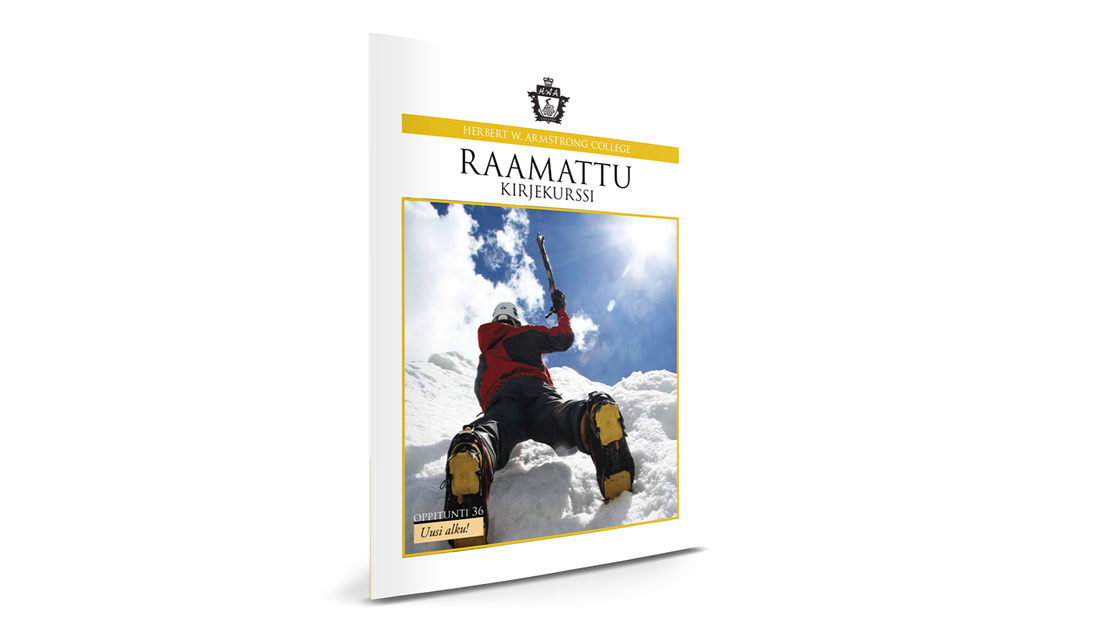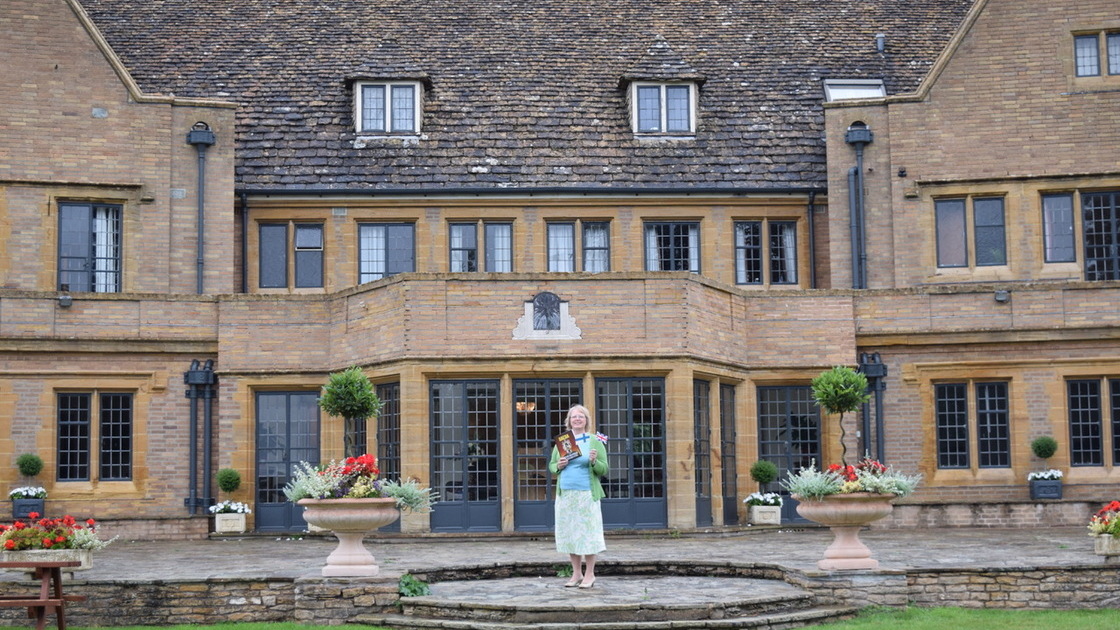EDMOND—The foreign language translations department announced on June 15 that it has completed the translation and publication of the Herbert W. Armstrong College Bible Correspondence Course in the Finnish language.
Minna Millar, who is originally from Finland and now lives in the United Kingdom, began volunteering her time as a translator in 2007, first working on Mystery of the Ages. She began translating the correspondence course in the winter of 2016.
“I love to do my part as I am the only member called from my country, which has a long border with Putin,” Millar said.
After Foreign Language Translations department manager Edwin Trebels assigns her a project, Millar uses multiple resources to carefully translate the words. She uses a few online aids to check words and improve speed and accuracy, including DocTranslator for historical or political fact based articles, the government’s official Kielikello webpage for up-to-date grammar rules, and the Linguee webpage, which shows how other translators around the world have translated specific vocabulary, such as computer terms. Millar uses the 1933 Bible Translation, the Finnish equivalent of the King James Version, as well as E-sword to occasionally check words in Strong’s Concordance if the two Bible translations differ.
But Millar knows not to trust the technology aids too heavily. “I use sometimes Google Translate for technical jargon,” she said. “But once I keyed in a sentence, Hitler gave a toast, and it translated: Hitler made toast (bread).”
“We’re talking about the balance between fidelity and transparency,” Trebels said. Fidelity refers to the overall accuracy of the words, staying true to the original sentencing and phrasing. Transparency focuses on creating understanding of the final translation. “It gets a bit mind-boggling at times to figure out what is the best way to do this.”
It can also be difficult to translate some sentences into a different language when certain phrases are not found in other languages. For example, some languages do not use figures of speech.
“In general, translation requires great concentration, deep thinking and problem solving. It is invigorating but can be often also very tiring, requiring a walk afterward,” Millar said. “Every translator has stories of Satan’s specific attacks. I have witnessed slashed tires and smashed stone walls near our house when translating specific topics.”
To give an idea of how much time translation work takes, Millar said, “I can translate a six-page co-worker letter normally in two days, or in one day intensely, and proof read it the next day.” Trebels said that translating Christian living articles goes faster because the words are typically used in common, every day speaking. Technical articles and booklets take more time, because the translator must do research to track down translations for specific words.
After she completes the initial translation, Millar sends it to Trebels, whose student assistant places the text, images and other elements of the publication. Trebels and Millar then check the layout and fill in any additional text needs, such as captions. The final publication is then posted to pasuuna.com, the Finnish-language version of theTrumpet.com, where all translated literature is available.
Mrs. Millar has translated 43 pieces of literature and 36 Herbert W. Armstrong College Raamatuu Kirjekurssi lessons over the 11 years that she has volunteered her translating services. She said, “I would like to say a special thank you to my husband, who has enabled me to do the work over the years.”
“We do see occasional visitors to the Finnish website. At the moment, it’s still small in scale, so we can pray it will grow,” says Trebels. He continued, “As Mr. Gerald Flurry told one of our editors years ago,“If one person is converted because of your translation work, it is worth the whole effort.”

